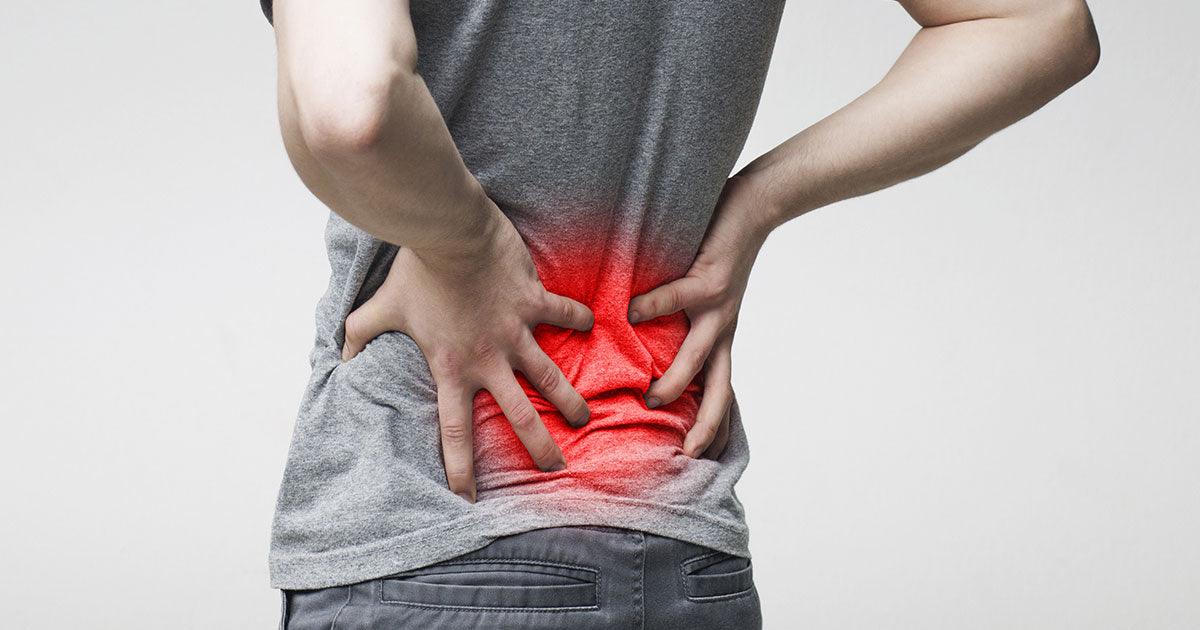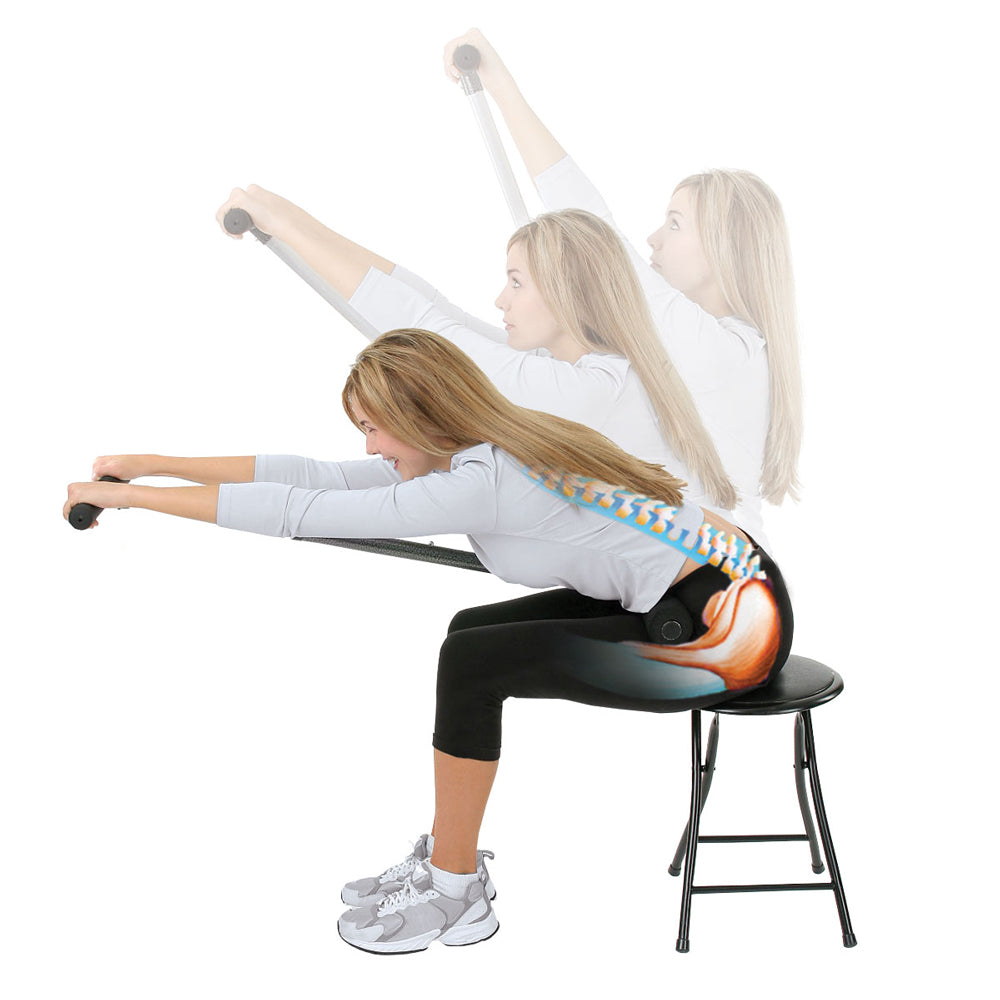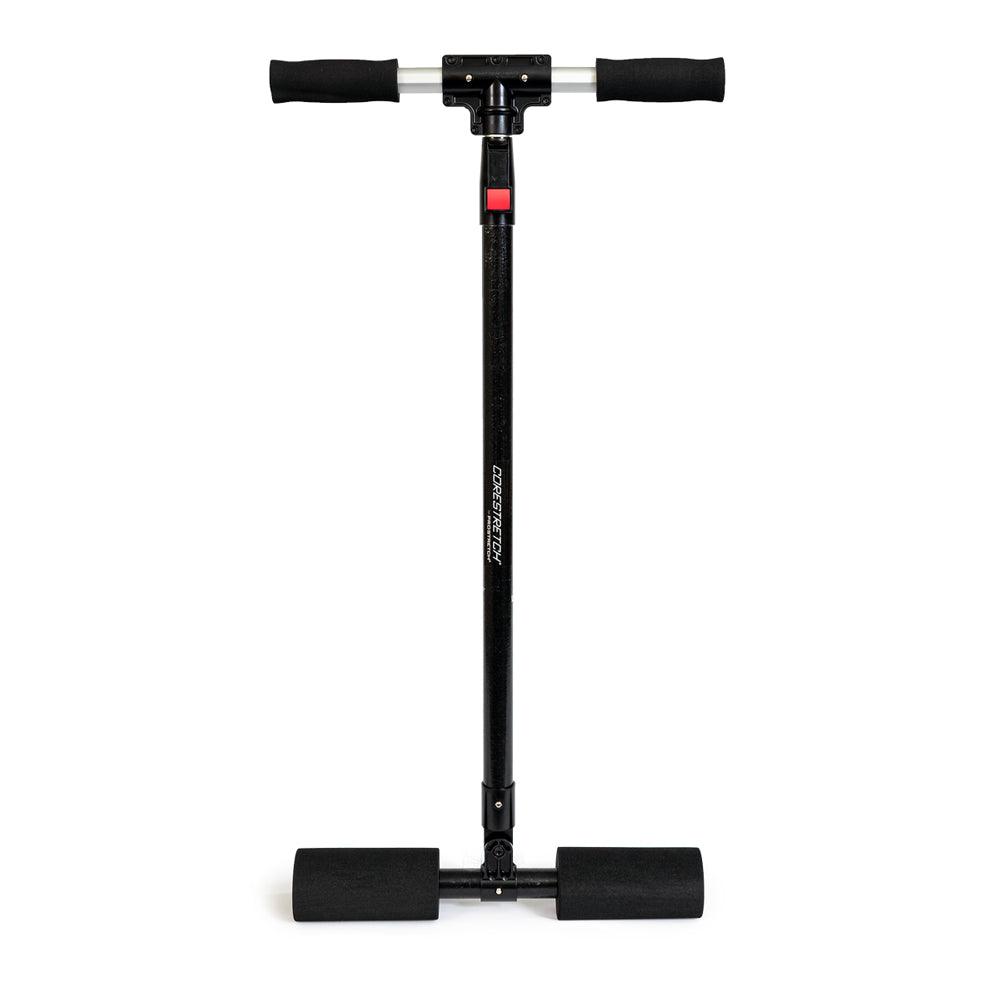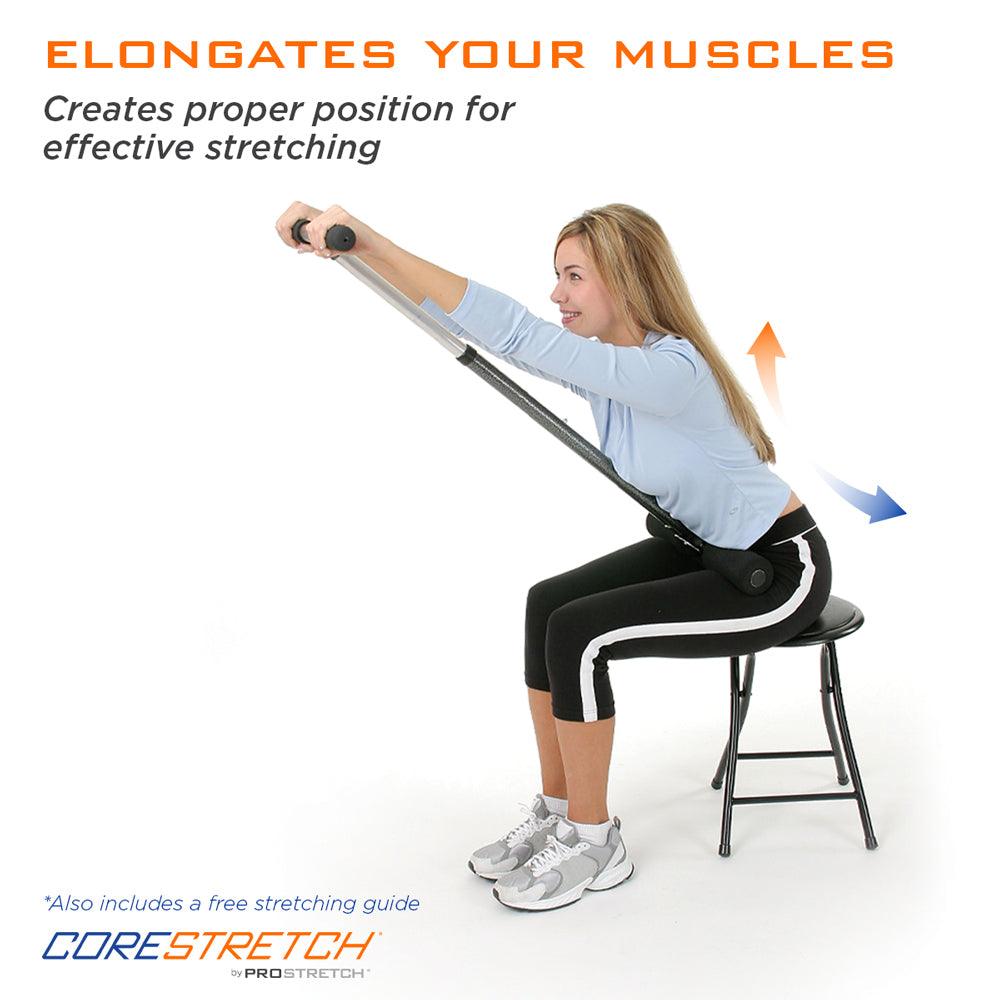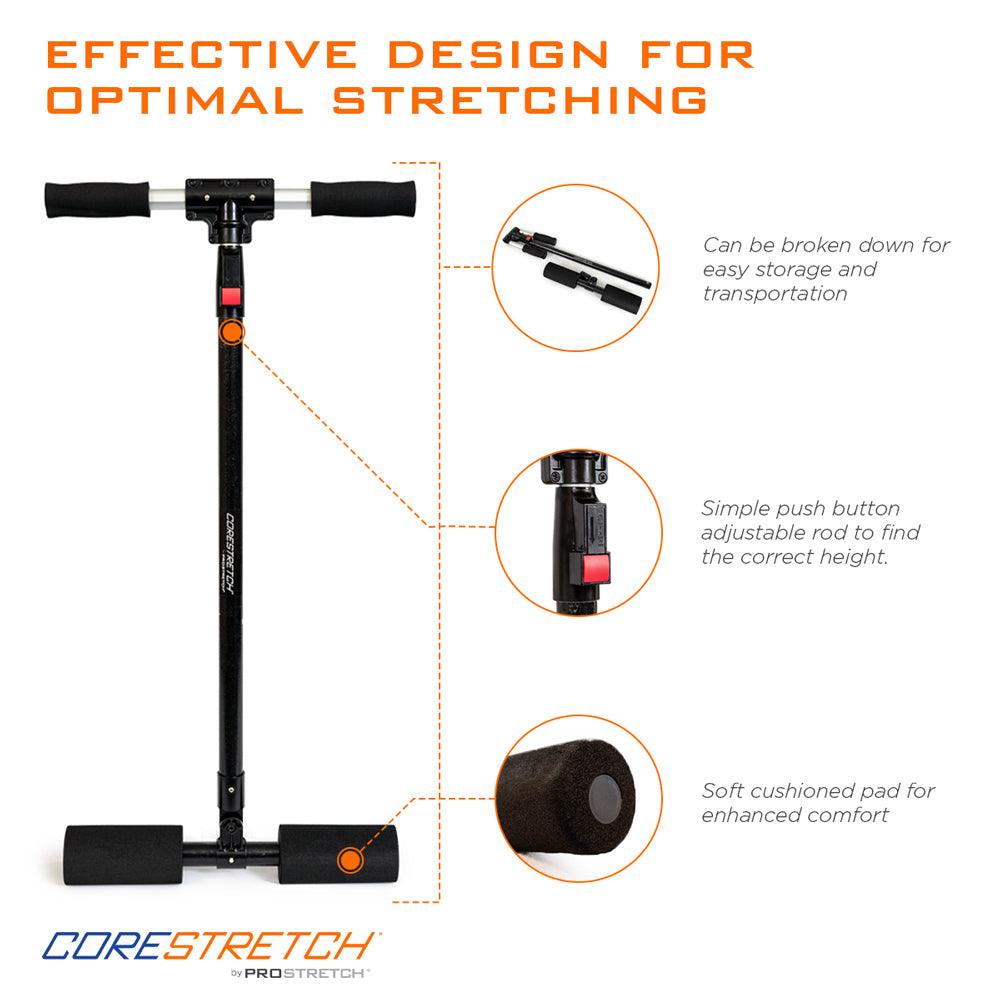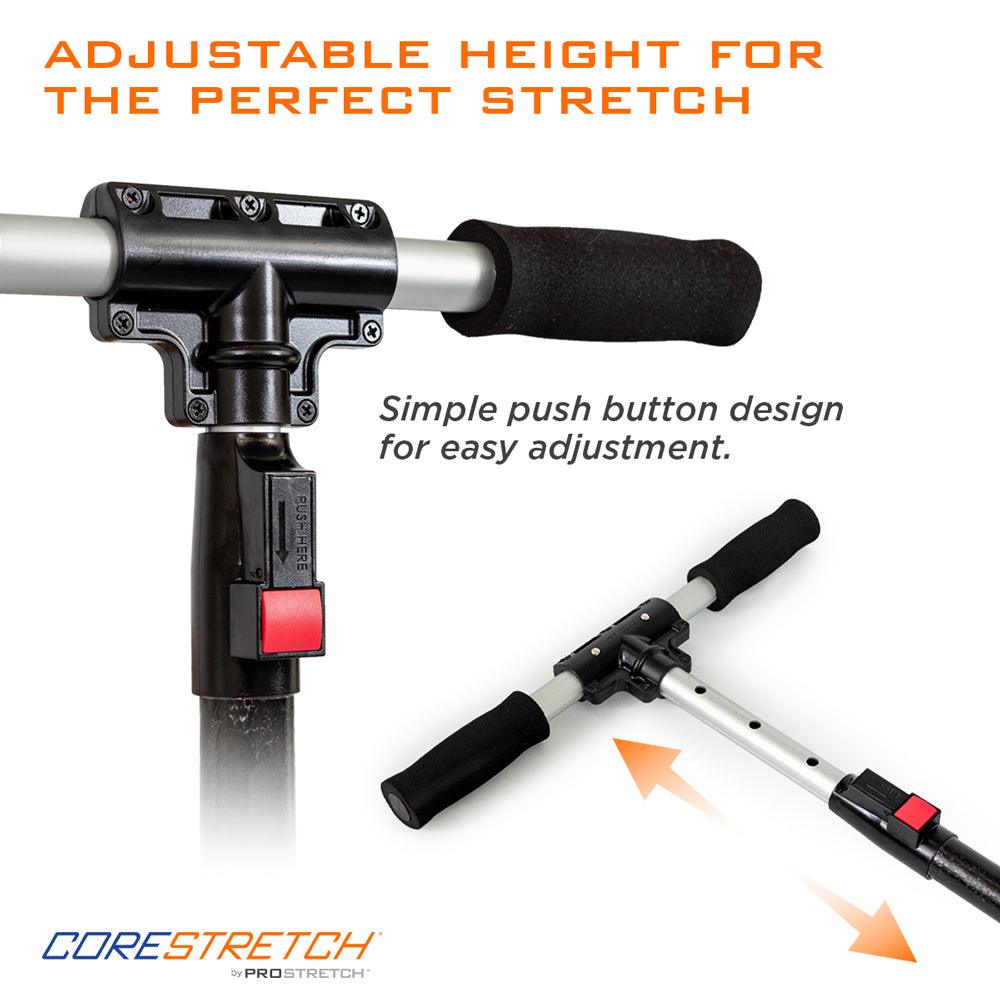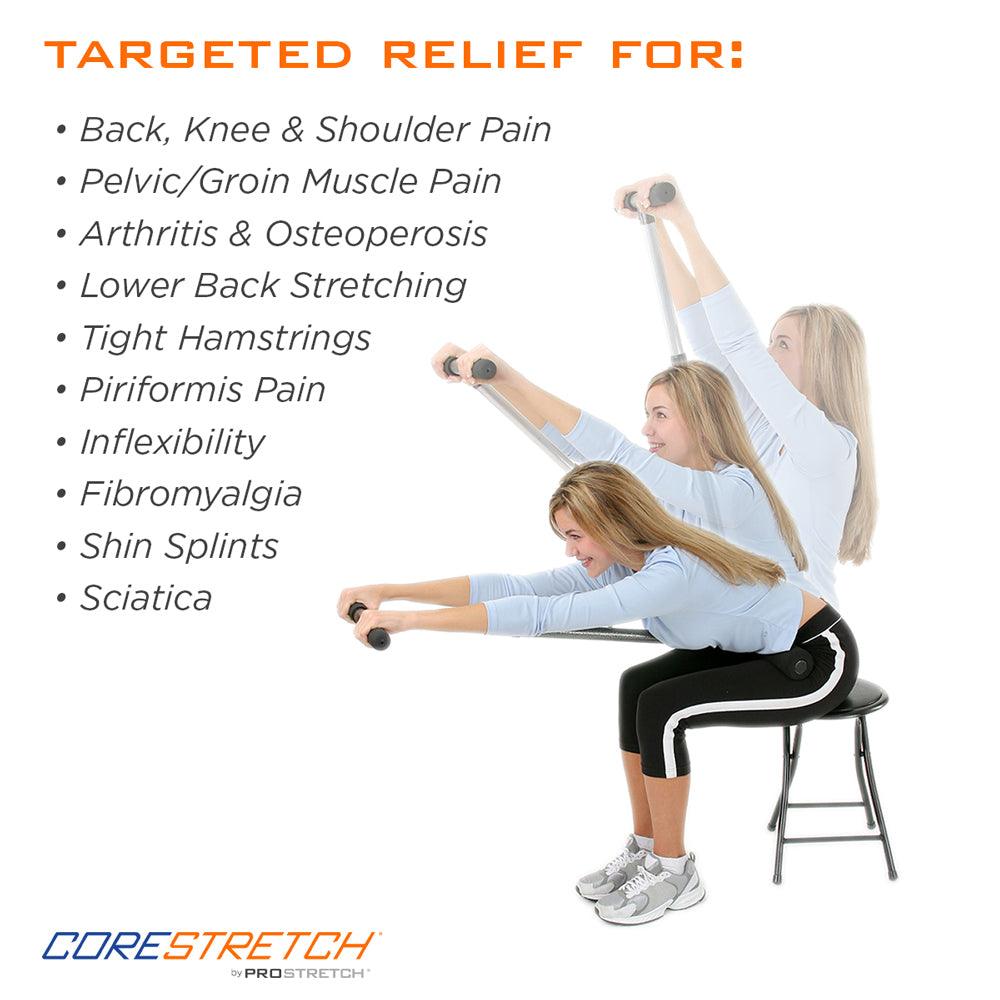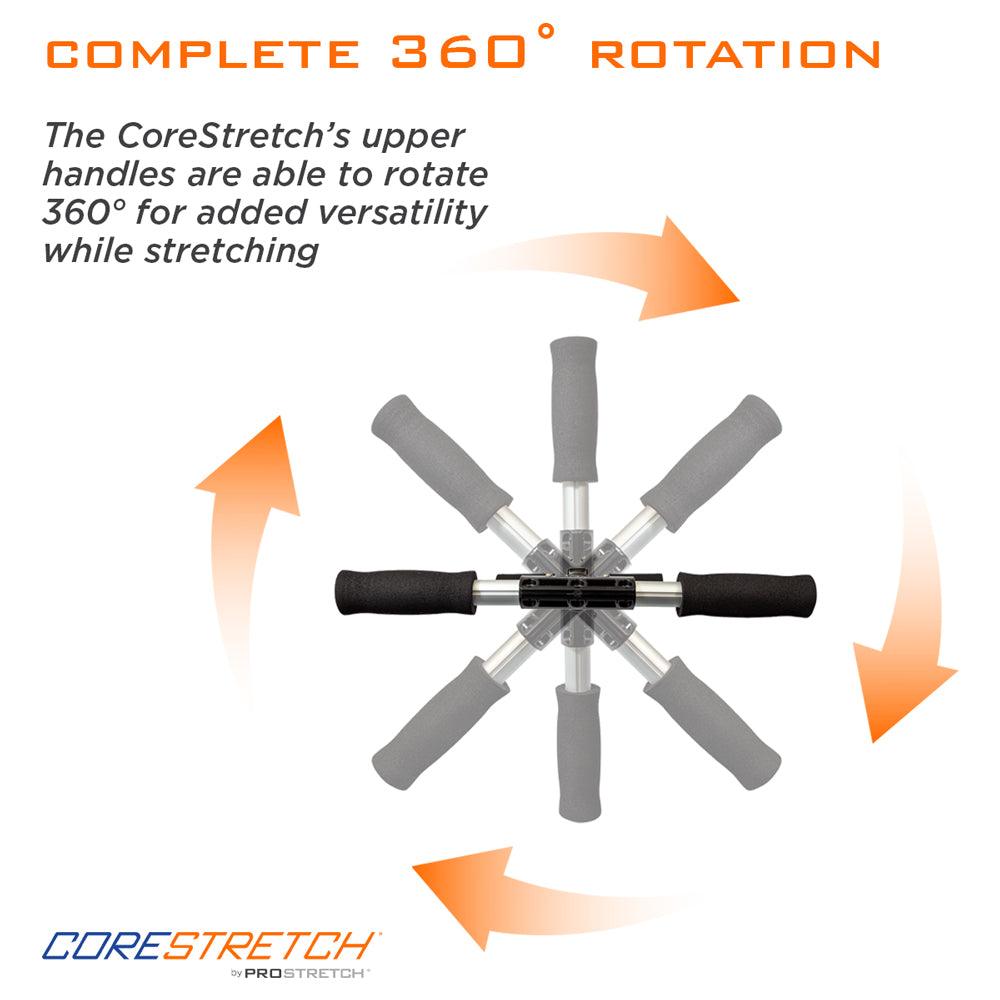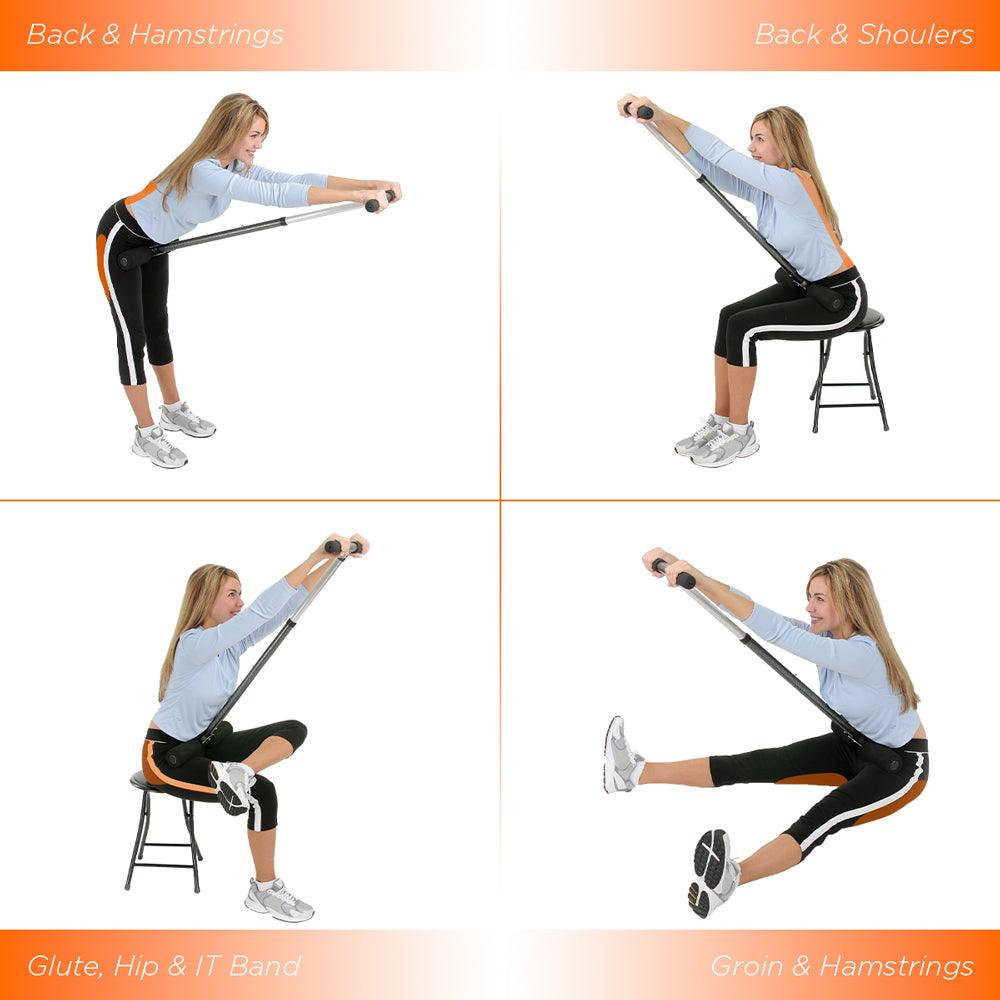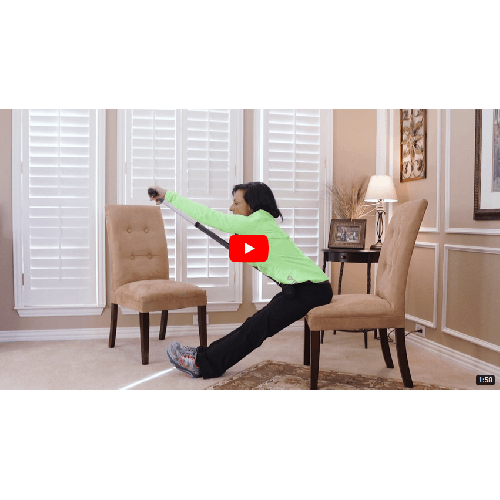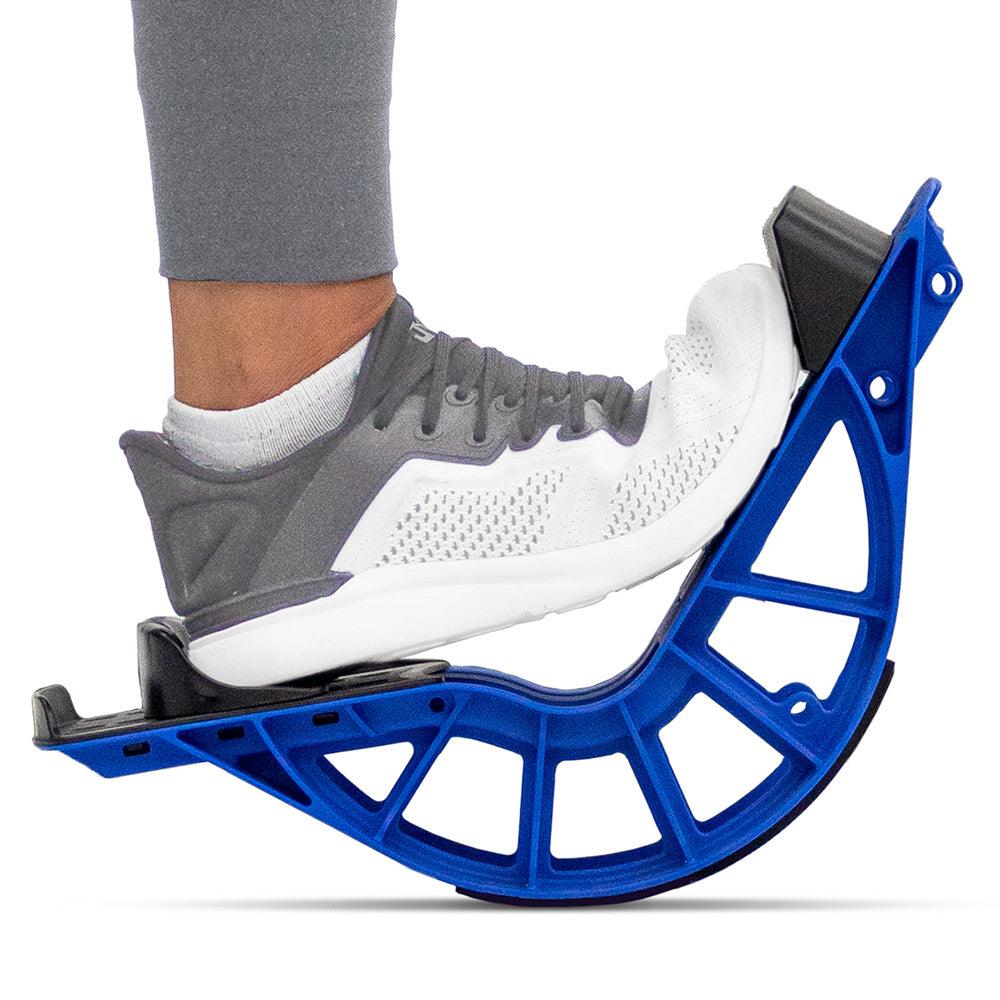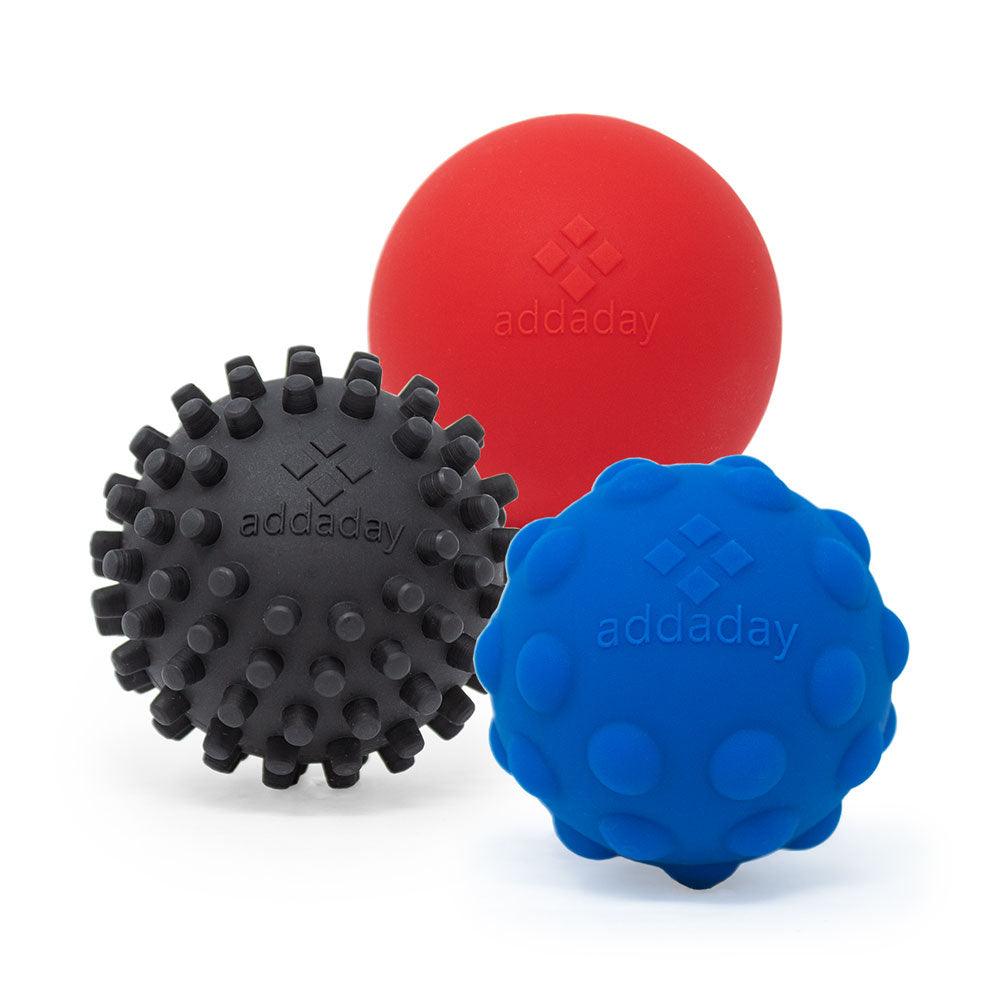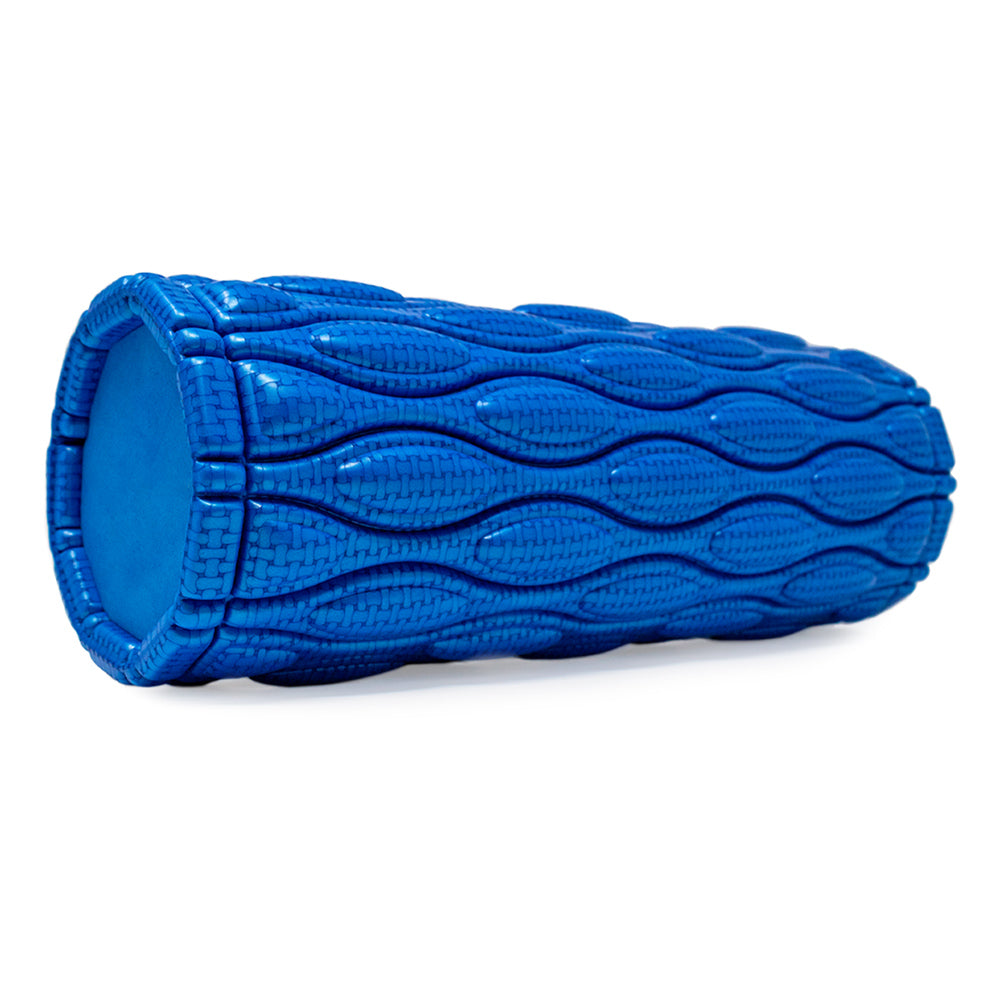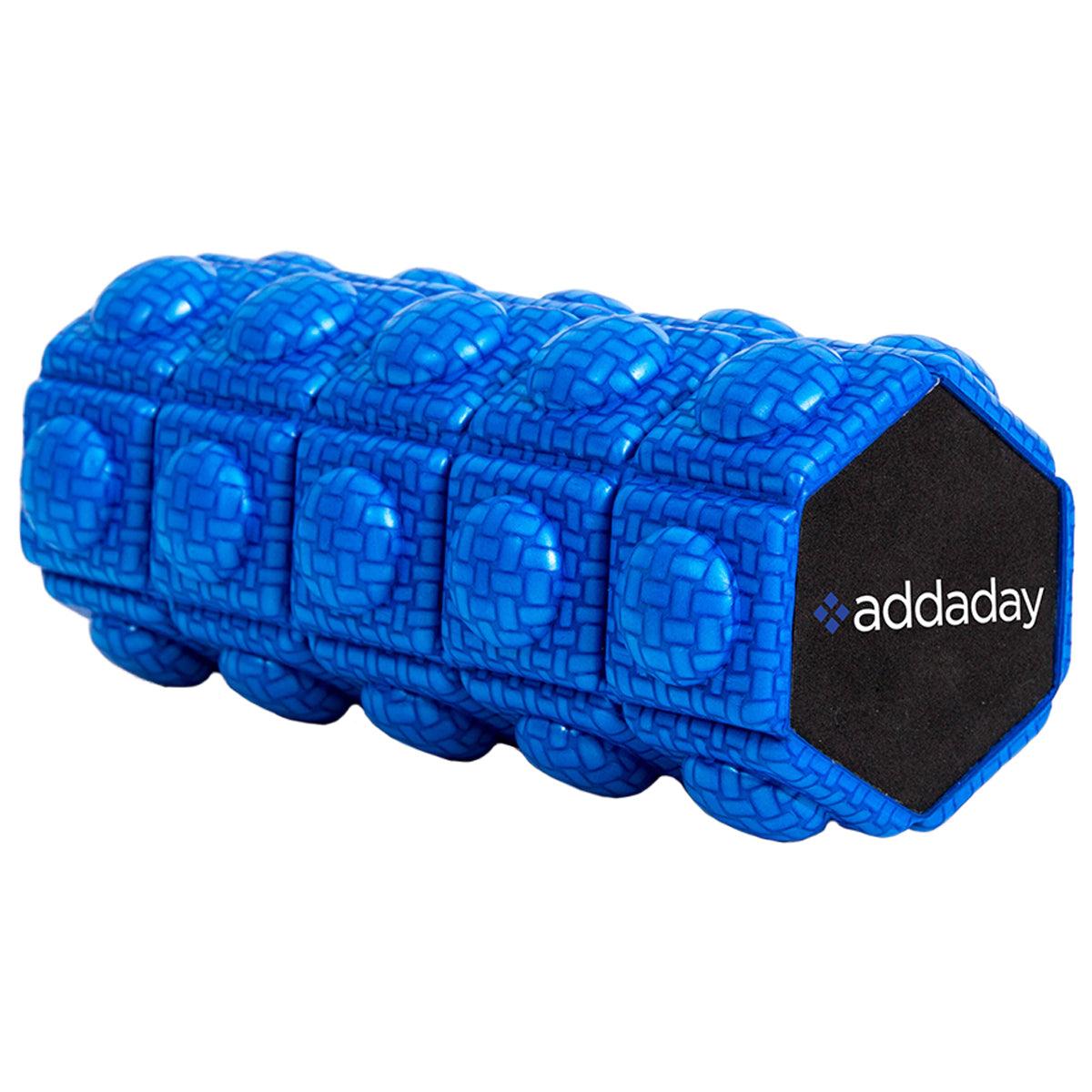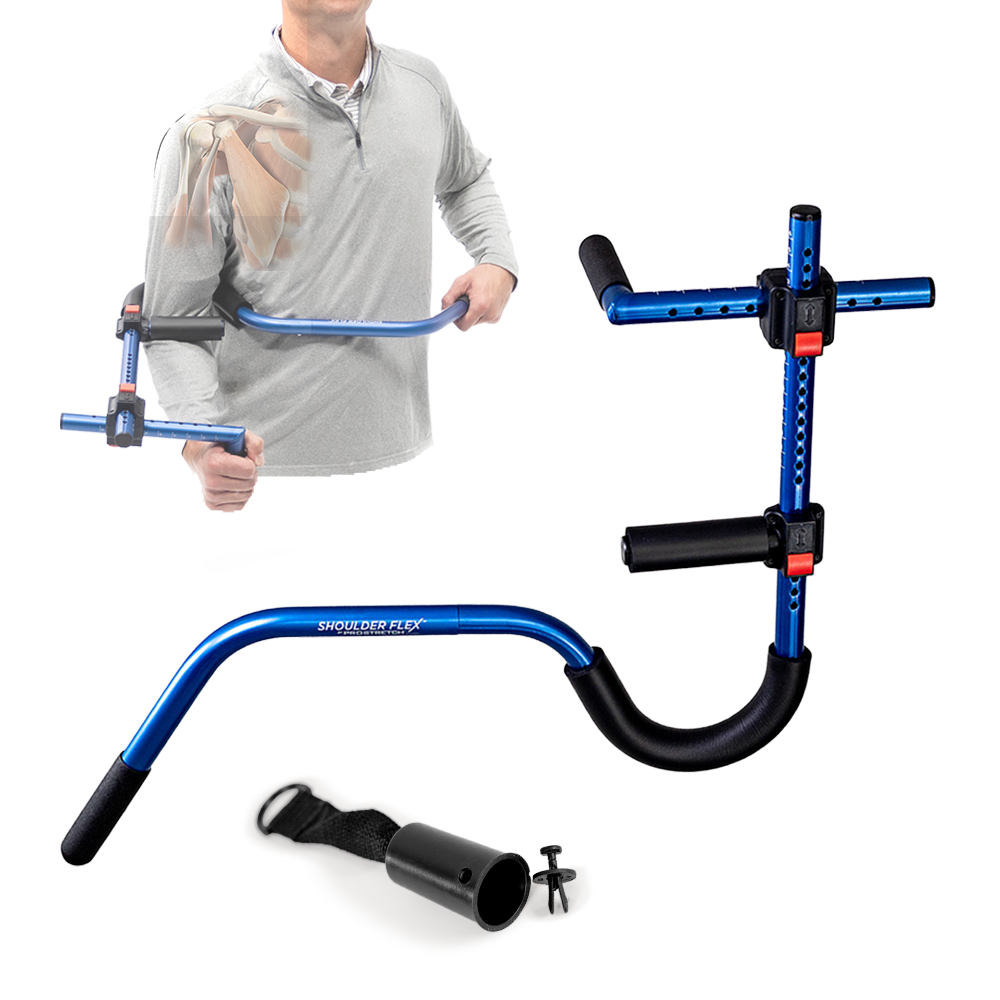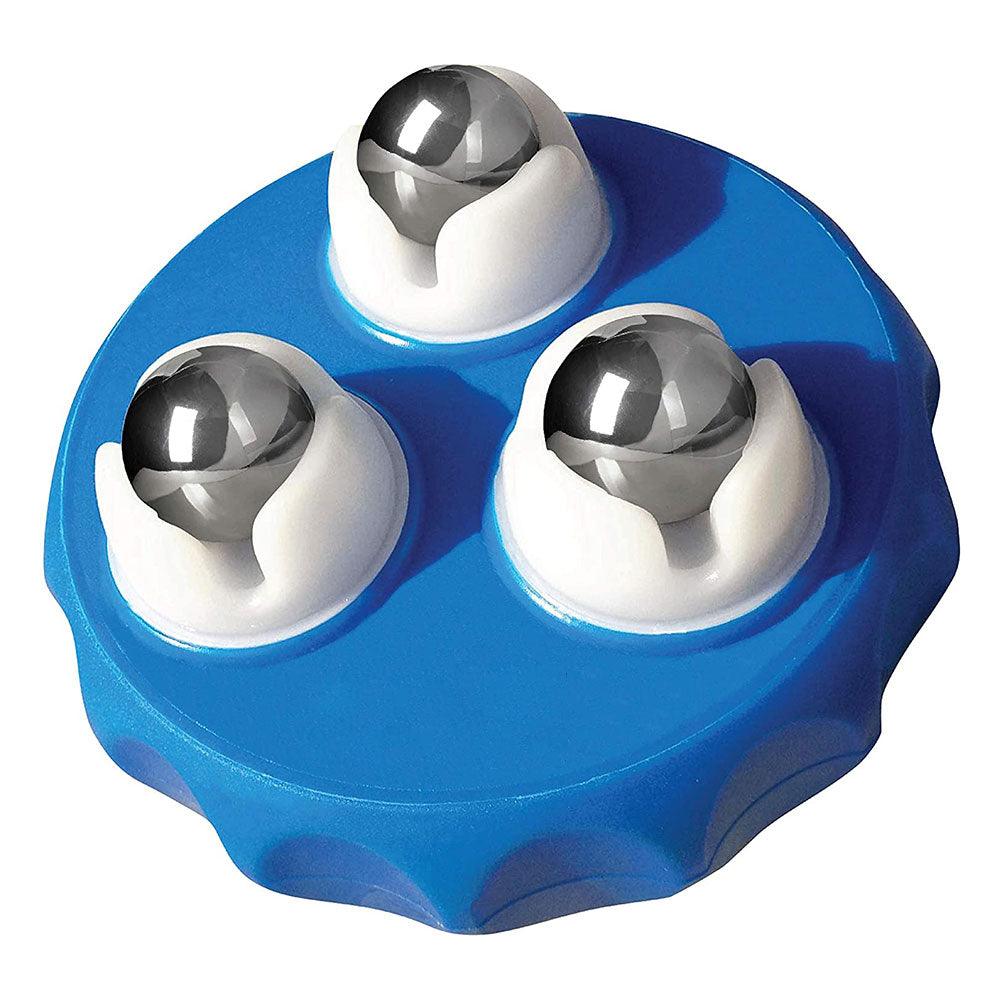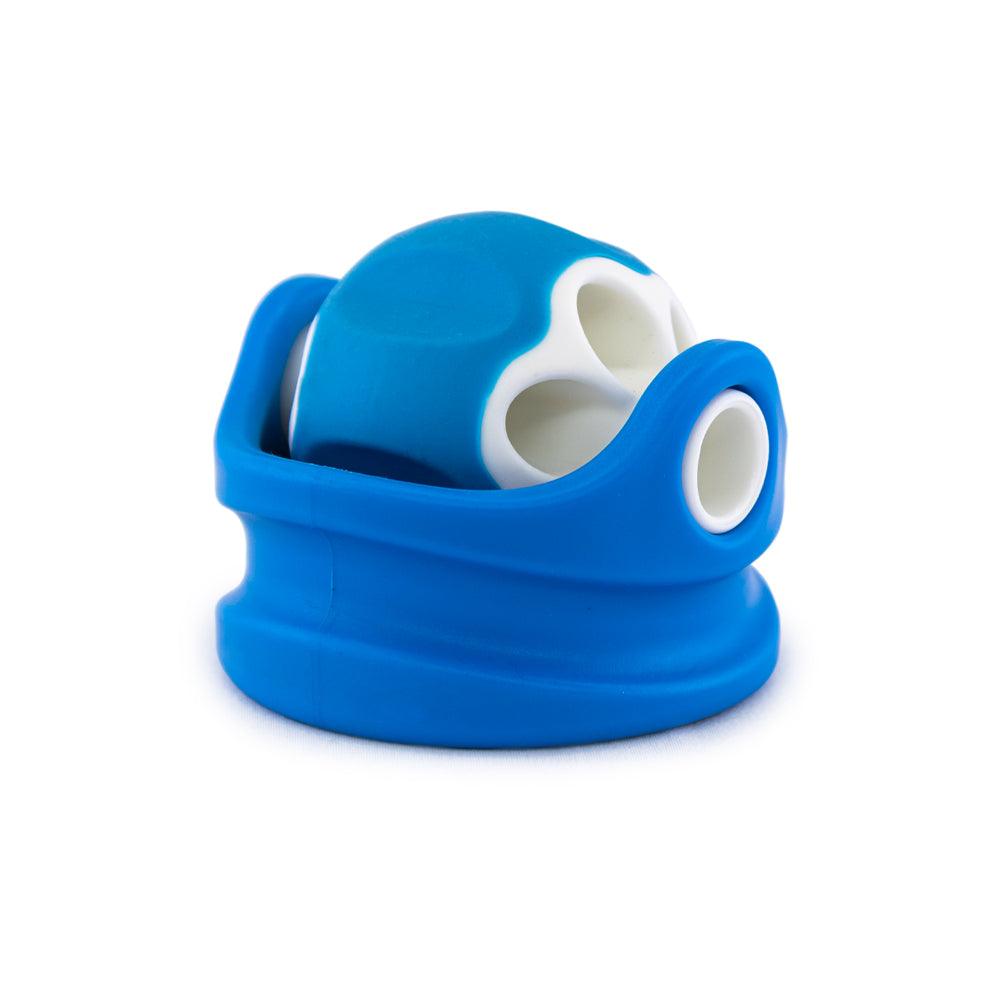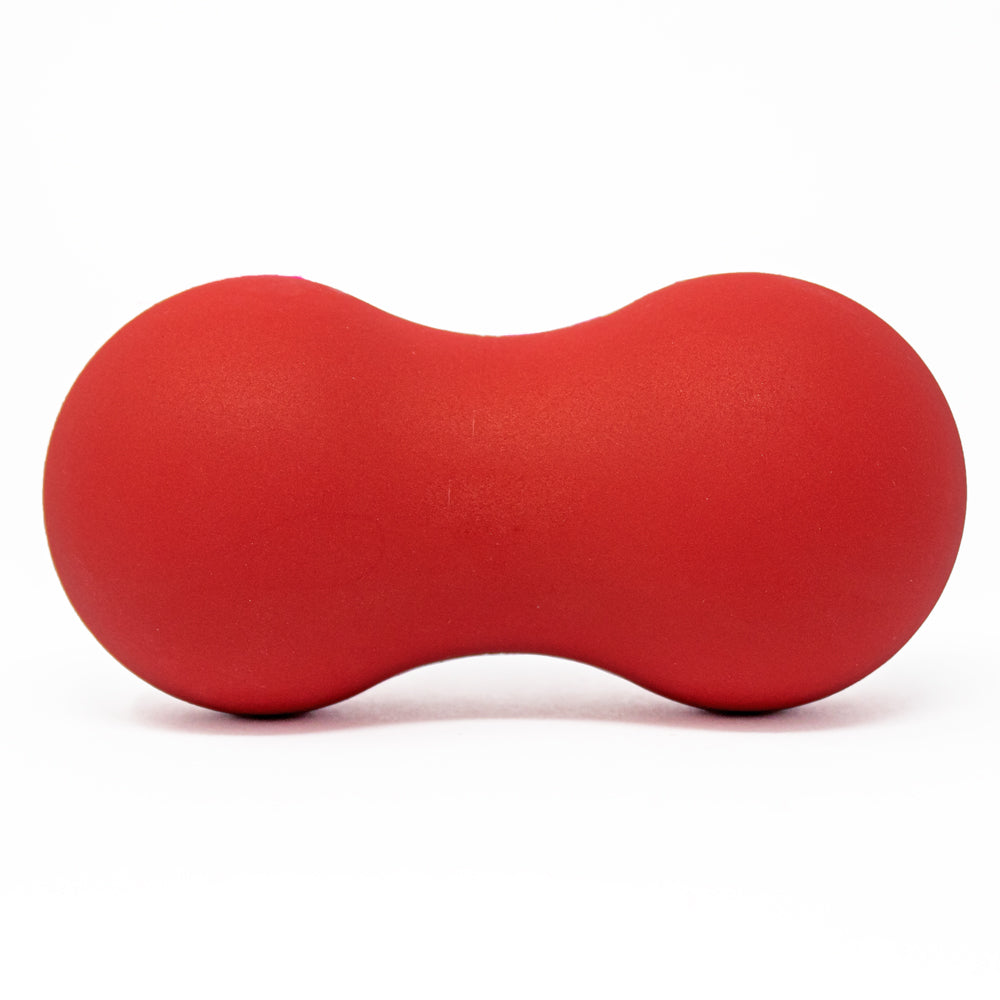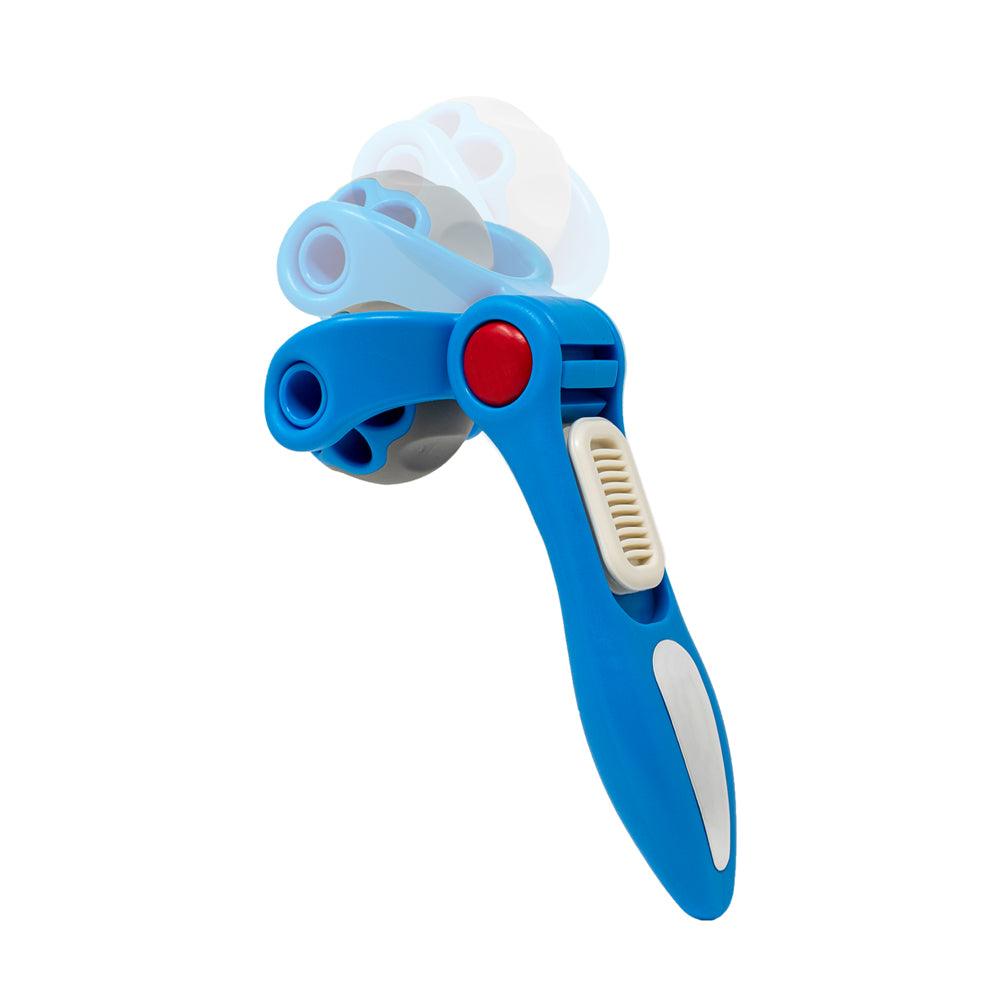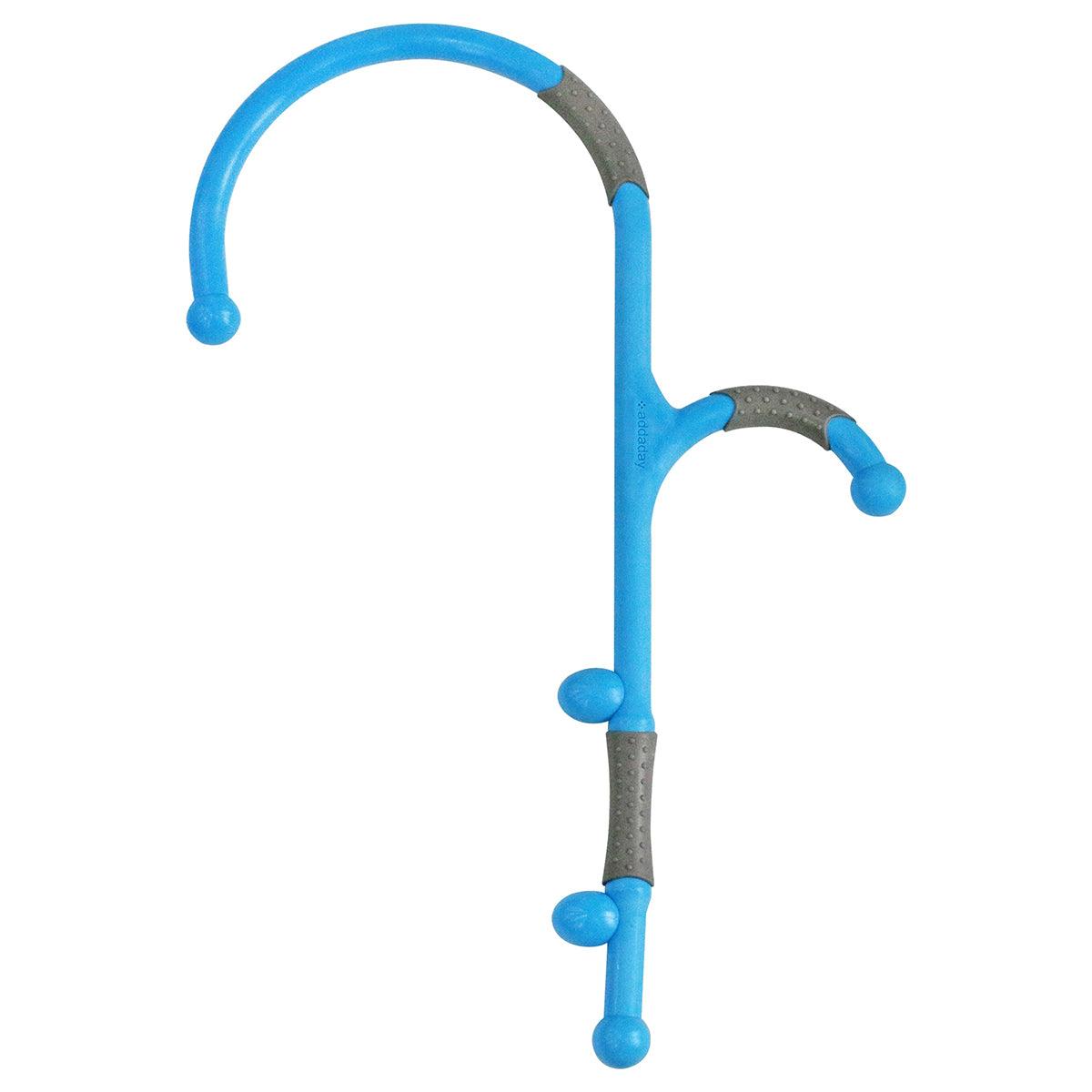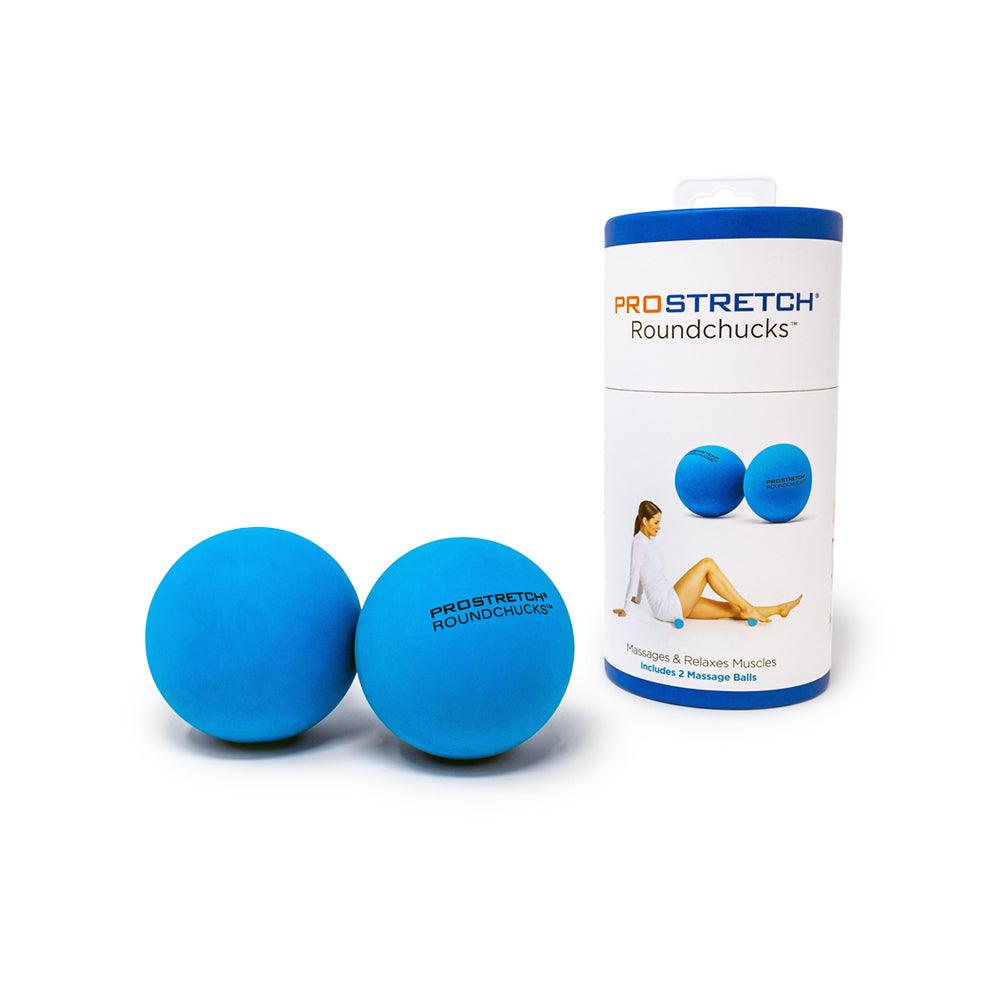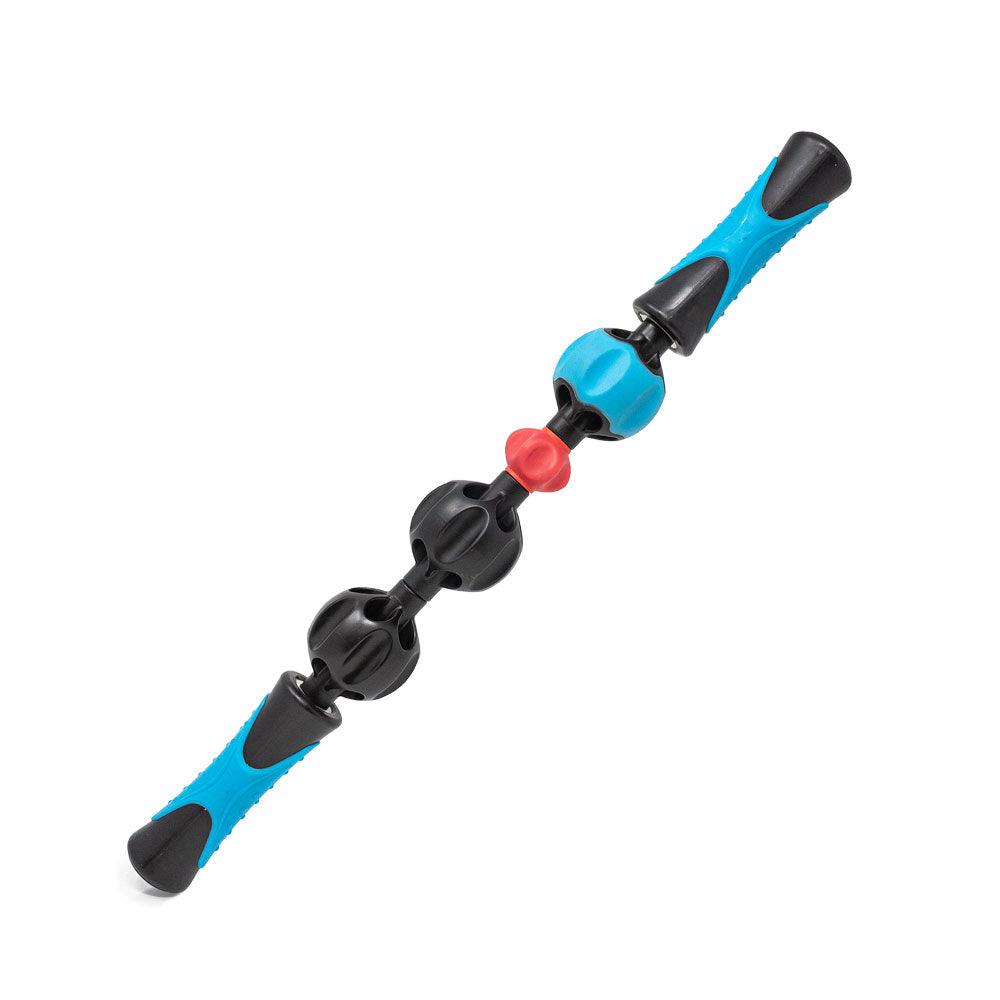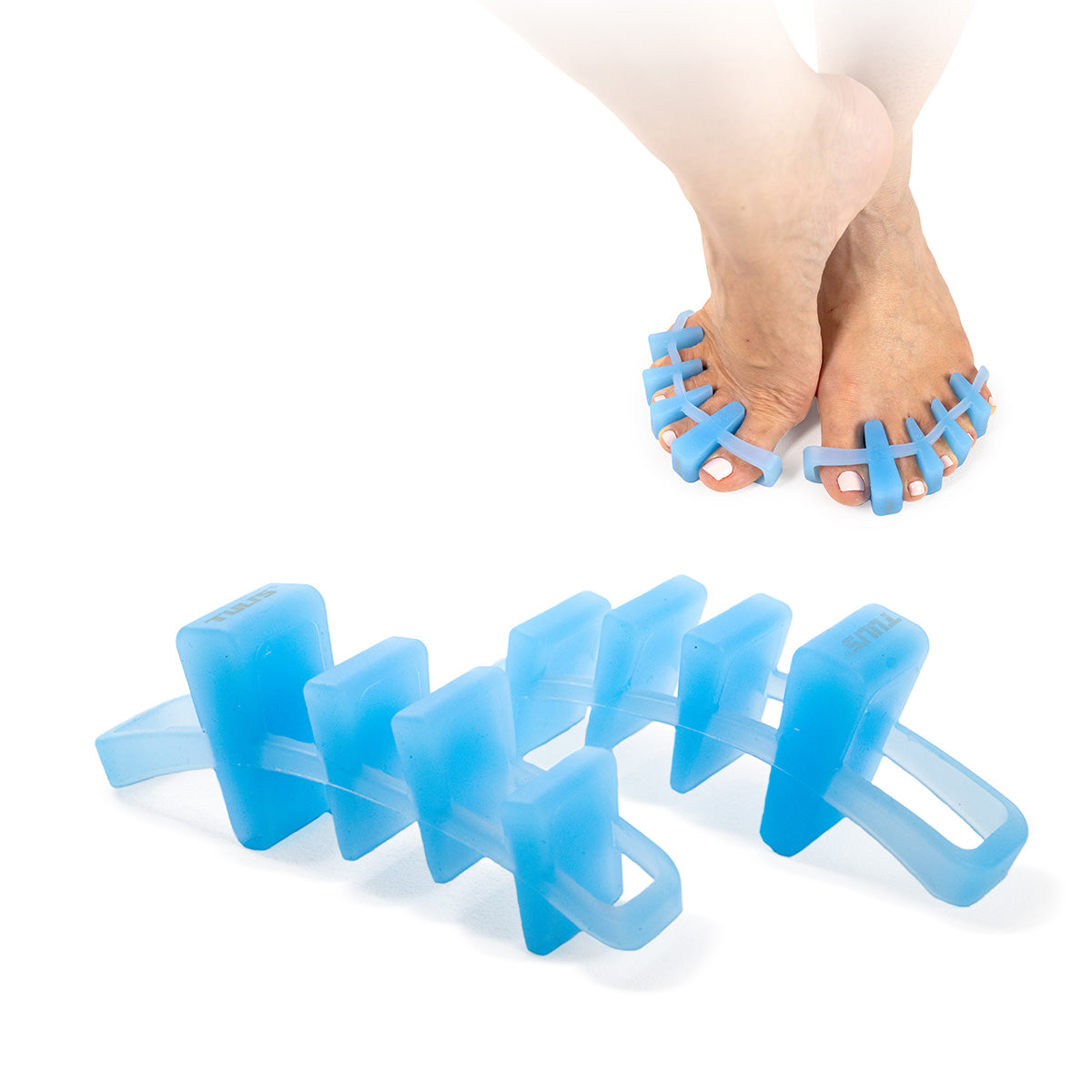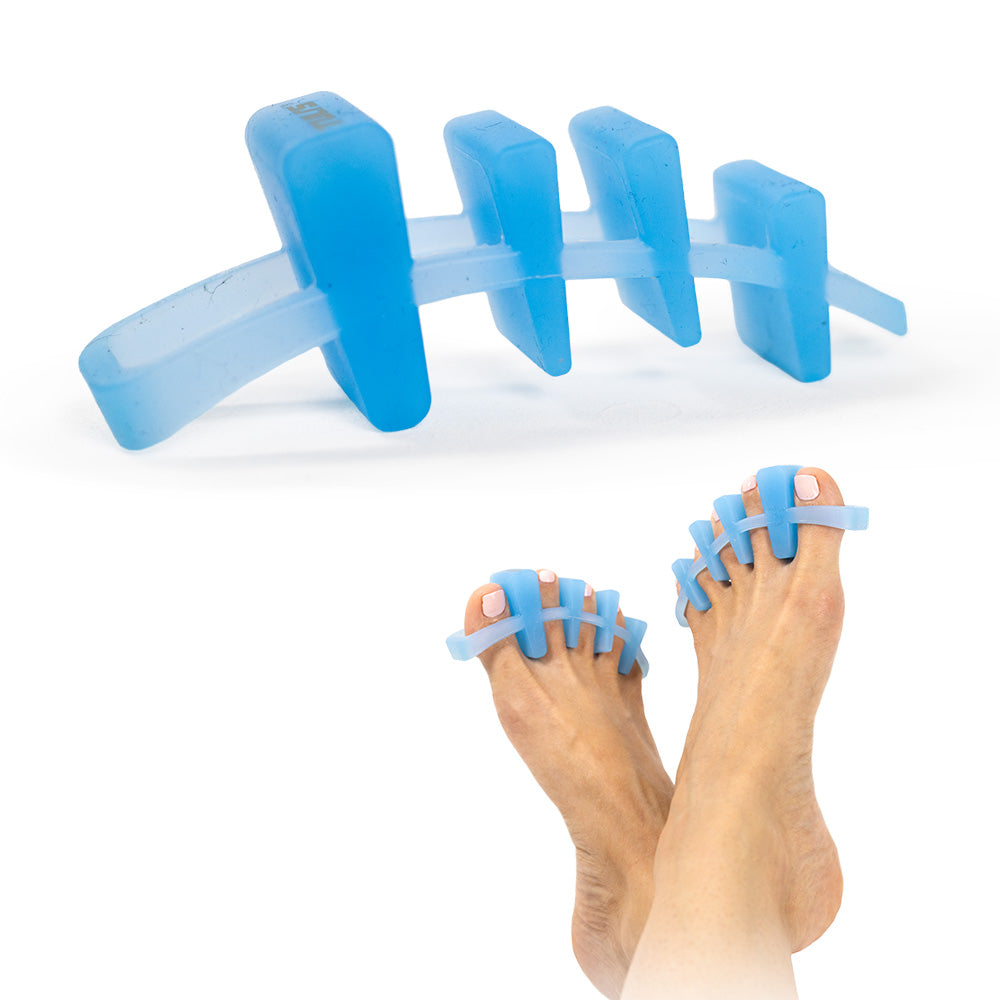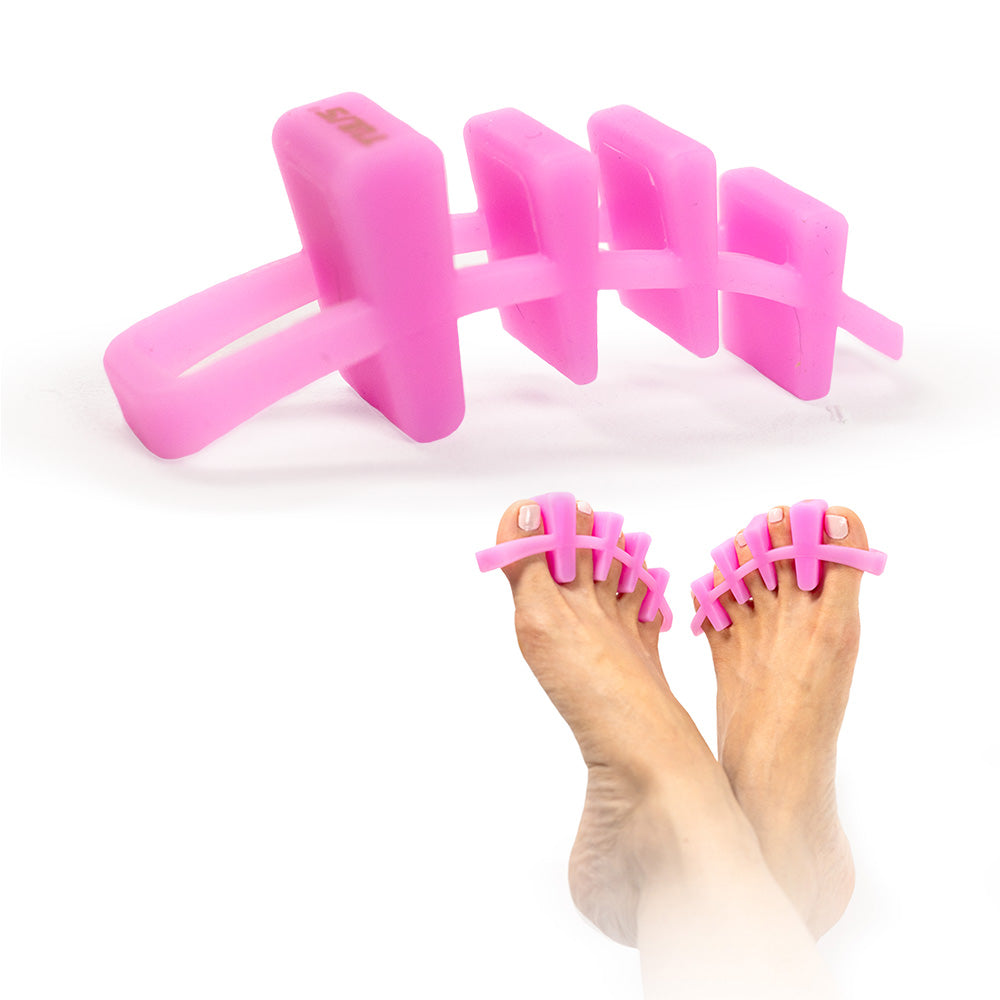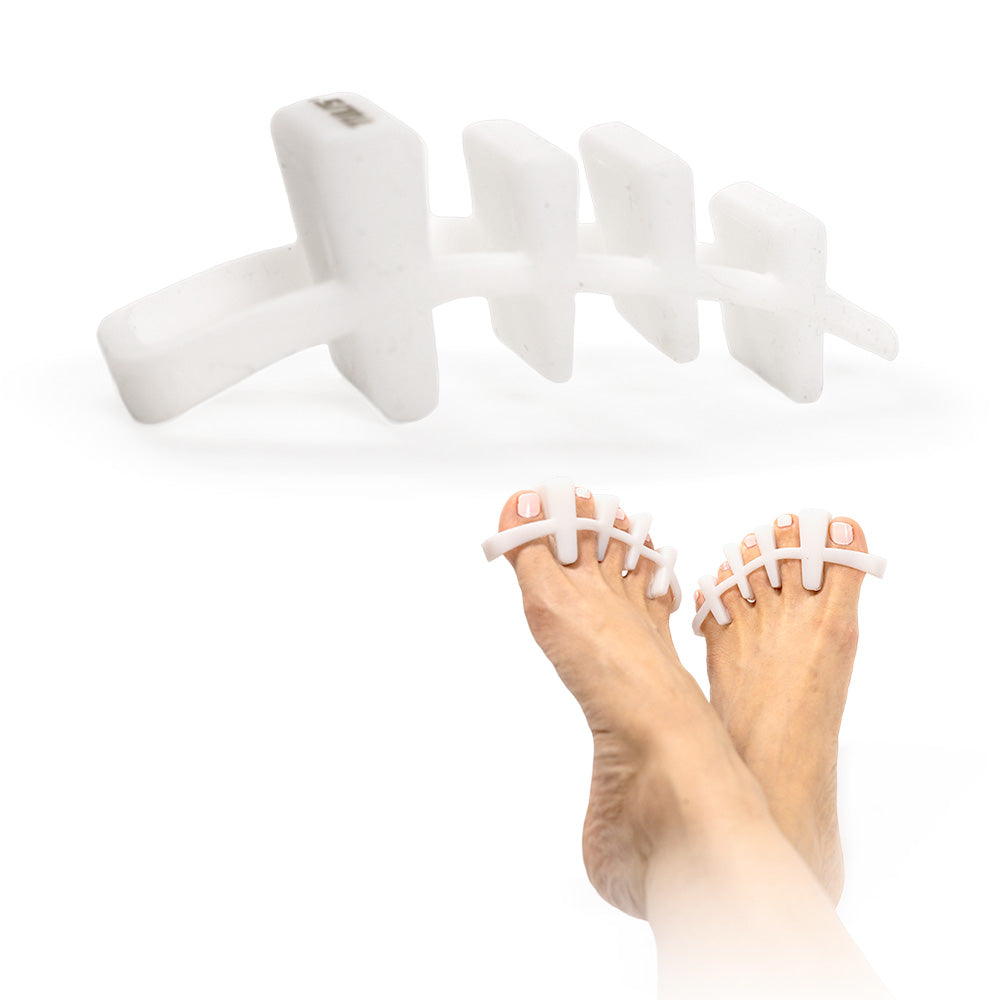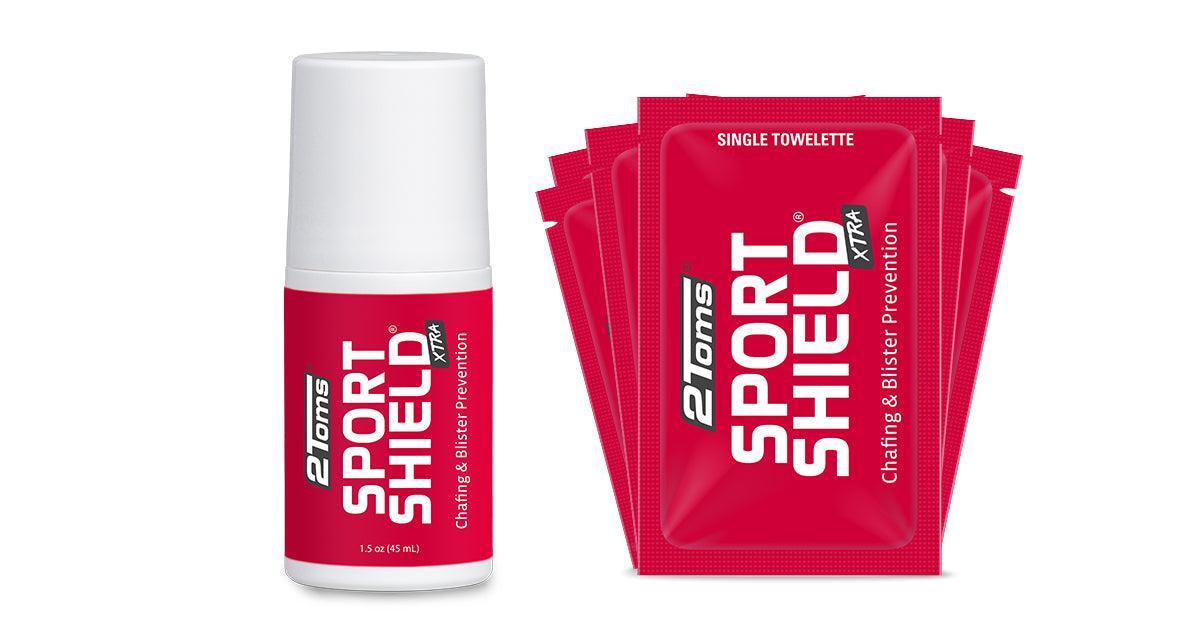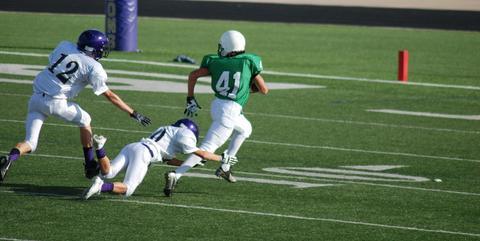Back Pain. Most people have experienced it. Some live with it every day. In fact, lower back pain is one of the top 10 reasons patients seek care from a family doctor, and it affects 8 out of 10 people at some point in their lives.
What causes lower back pain?
Actually, it’s usually not just one event that causes the pain even though it may feel that way. Mostly, it is a series of “micro injuries” like muscle pulls or overuse during activity that add up over time. These injuries are more likely to occur if you are experiencing muscle imbalances along your interconnective chain.
Your interconnective chain is made up of muscles, tendons, ligaments, and joints in your body. If any one of these links is injured or not functioning properly, the entire chain suffers. So, if you have a tight or sore muscle, it will recruit other muscles to pick up the slack, and after a while, “chain reaction injuries” can occur. The muscle imbalances caused by these injuries can often lead to lower back pain.
Since back pain occurs after the imbalances have already developed, it is a good idea to take measures to prevent the pain from even starting in the first place. The best way to do that is to perform stretching and strengthening exercises that will keep your posterior chain strong and flexible. Exercises that increase balance, flexibility, and strength can decrease your risk of injuring your back, falling, or breaking bones.
If you are already suffering from back pain, than your immediate goal is to reduce pain and restore mobility. While your natural tendency may be to rest, exercise may be the most effective way to speed recovery from low back pain. Exercising, including stretching and strengthening of the muscles along the posterior chain (calves, glutes, hamstrings, and lower back), has been shown to benefit many lower back pain sufferers by restoring muscle balance, strength, and flexibility.
Using the CoreStretch 10 minutes a day is the best way to provide the deepest, most effective way to stretch your posterior chain and restore muscle flexibility. This will increase your range of motion, reduce pain, speed up recovery and prevent future injuries. The CoreStretch was developed for use for physical therapists and has been proven in studies to be a very effective way to stretch the hamstrings and contribute to posterior chain flexibility.
Most people find that just a few minutes of stretching each day with the CoreStretch reduces lower back pain and improves their quality of life. Medi-Dyne has created a 10 Minute Back Pain Relief Routine that uses the CoreStretch to perform a series of back pain stretches on a regular basis to both reduce and prevent lower back pain.
The post 10 Minutes a Day Keeps Back Pain Away appeared first on Medi-Dyne.




